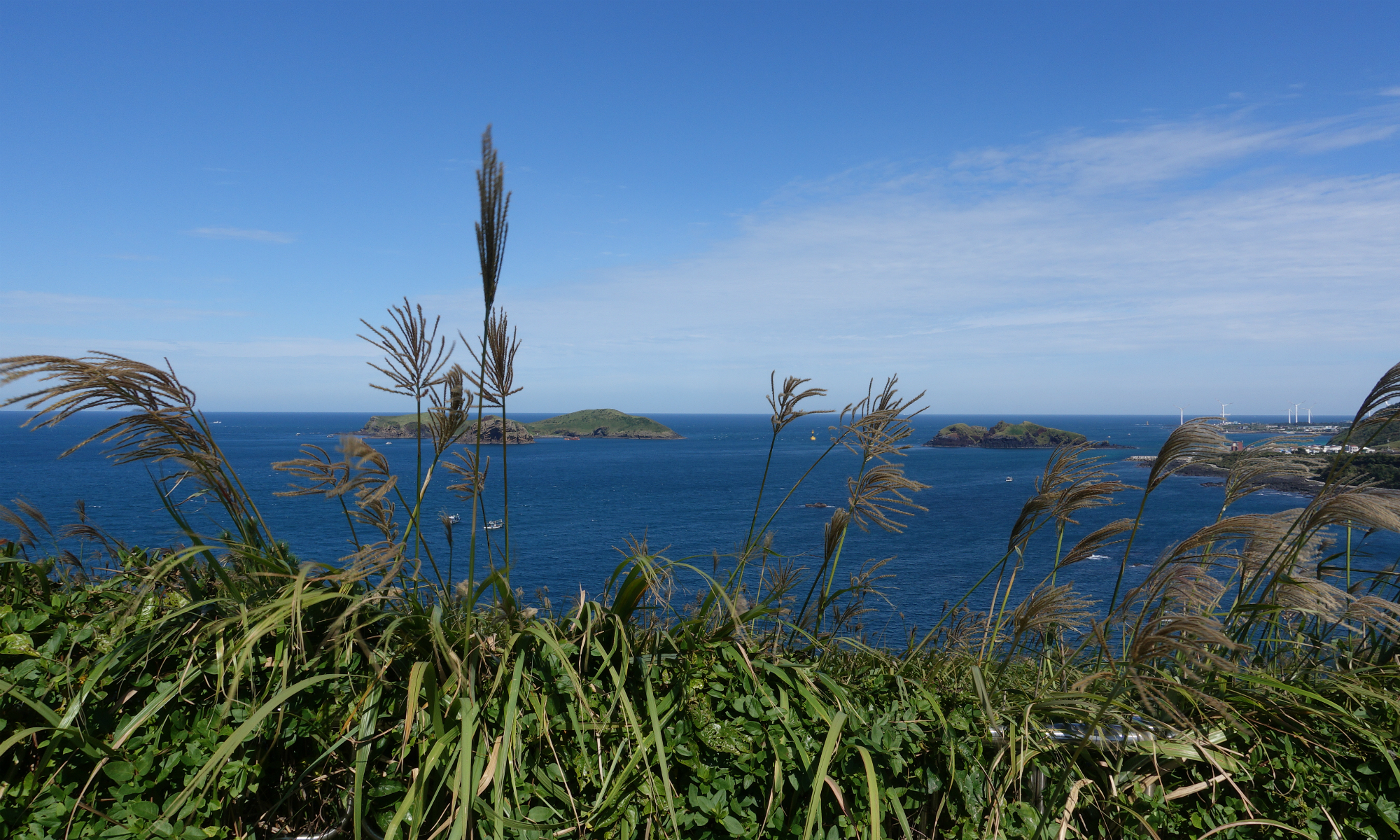Incheon International Airport (IIA) (IATA: ICN, ICAO: RKSI) (sometimes referred to as Seoul–Incheon International Airport) is the largest airport in South Korea, the primary airport serving the Seoul Capital Area, and one of the largest and busiest airports in the world. Since 2005, it has been rated the best airport worldwide by Airports Council International every year. It is also rated as the world’s cleanest airport and the world’s best international transit airport by Skytrax.
Namdaemun Market – 남대문시장
Namdaemun market dates back to 1414, during the reign of King Taejong, as a government managed marketplace. In 1608, King Seonjo set up the office of seonhyecheong (hangul: 선혜청, hanja: 宣惠廳, “tribute bureau”) in the district to manage the tributes of rice, cloth and money. A trading marketplace took its form around that time and commercial activities flourished as traders set up various shops. Trade was active in grains, fish, fruit, and miscellaneous goods.
The management of the market went over to the Japanese in 1922, but after liberation in 1945 the merchants established the Namdaemun Merchant Organization and took over management. The market, however, turned to ruins during the Korean War and succumbed to fire in 1953. The Seoul Namdaemun Market Co. Ltd. was found in 1954 to rebuild the market, but efforts fell short due to financial troubles. Endeavors for reconstruction continued in the following years, but fires swept the market again in 1968 and 1975.
The city of Seoul announced plans to renovate the market in 2007, and reconstruction and renovations are being continued in 2010.
Wolmido Island – 월미도
Wolmido Island (월미도), also known as Wŏlmi-do, is an island one kilometer off the coast of South Korea near Incheon. It was connected to the mainland by a highway in 1989, and was later due to be connected by a monorail which has yet to open. It is a weekend destination and tourist area, with restaurants, the theme park Play Hill and the areas Meeting Square, Arts Square, Performance Square, and Good Harvest Square. The Korean Traditional Garden at Wolmi Park (월미공원) was established in 2001 after the relocation of the Army base which had been located there for 50 years.
On September 10, 1950, the U.S. Army began five days of bombing Wolmido Island, which contained North Korean Army soldiers. Several hundred civilians were killed in the dropping of 93 napalm bombs. The battle was inspiration for the North Korean Propaganda Film Wolmi Island produced in 1982.
An Army base was established at the site of what became Wolmi Park (월미공원) after the base’s relocation. The site was turned into a garden and opened to the public in 2001.
